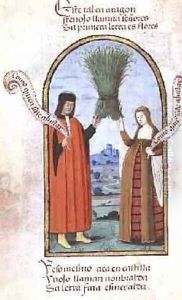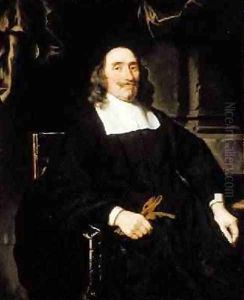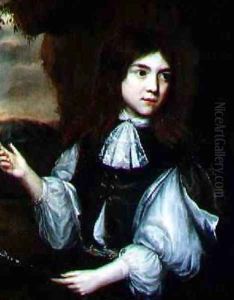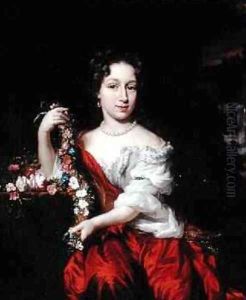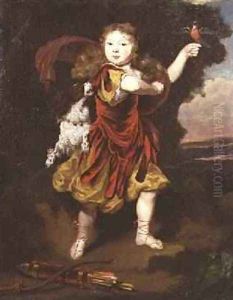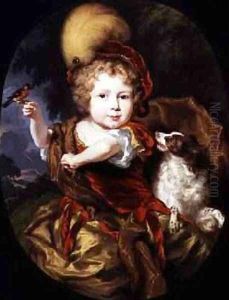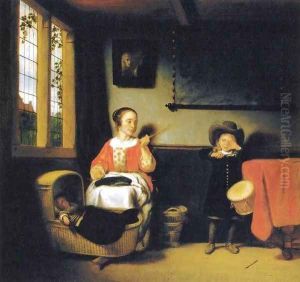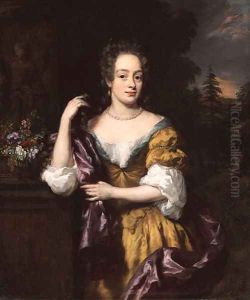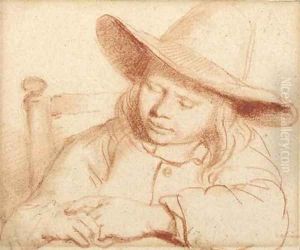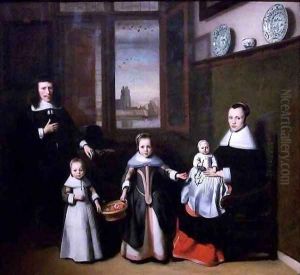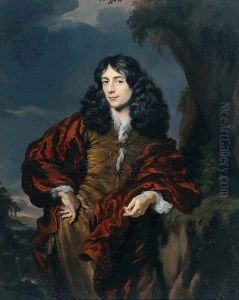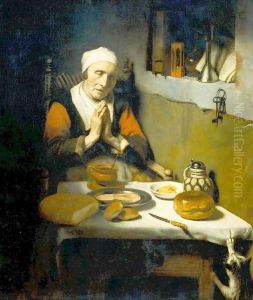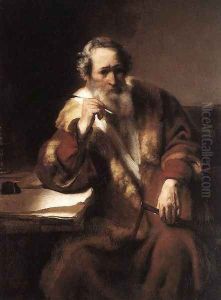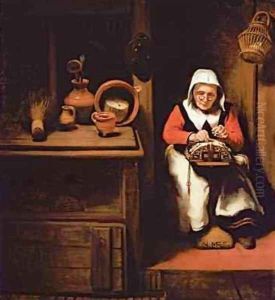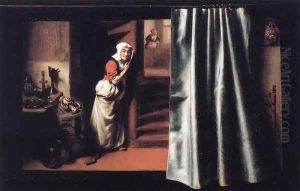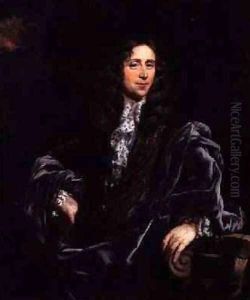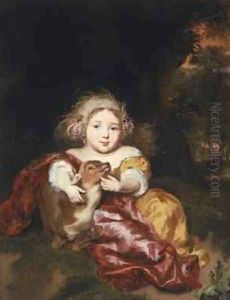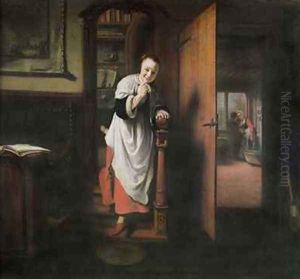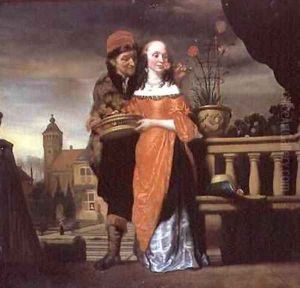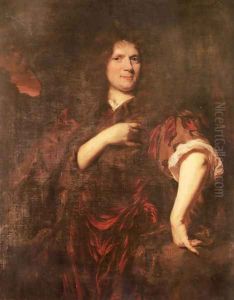Nicolaes Maes Paintings
Nicolaes Maes was a Dutch Golden Age painter known for his genre scenes, portraits, and religious subjects. Born in January 1634 in Dordrecht, Netherlands, Maes initially trained with a local master before moving to Amsterdam to study under Rembrandt van Rijn, one of the most prominent artists of the time. This apprenticeship had a profound influence on Maes, particularly in his early works, which were characterized by strong chiaroscuro and a focus on biblical themes.
After completing his training, Maes returned to Dordrecht, where he established himself as a successful artist. During the 1650s, his work primarily consisted of genre scenes that depicted domestic interiors, often highlighting the virtues of family life and the importance of childcare, themes that were popular among Dutch middle-class patrons. These paintings are notable for their intimate atmosphere and the detailed depiction of textures and materials, showcasing Maes's skill in creating realistic interior settings.
In the latter part of his career, around the 1660s, Maes shifted his focus towards portrait painting, which became his main output. His portraits are characterized by a more refined and elegant style, moving away from the robust influence of Rembrandt and towards a smoother and more polished finish, reflecting the changing tastes of his clientele. Maes's ability to capture the personality and status of his sitters made him one of the most sought-after portraitists of his time in the Dutch Republic.
Throughout his career, Nicolaes Maes also explored religious themes, although these works became less prevalent as his focus shifted to genre scenes and portraiture. His religious paintings, like his early works, often exhibit the influence of Rembrandt, with dramatic use of light and shadow and a deep sense of spirituality.
Nicolaes Maes's contribution to Dutch art is significant, particularly in the development of genre painting and portraiture. His works provide a valuable insight into the cultural and social dynamics of 17th-century Dutch society. He died in Amsterdam in November 1693, leaving behind a legacy that continues to be appreciated for its technical mastery and its intimate portrayal of everyday life.
